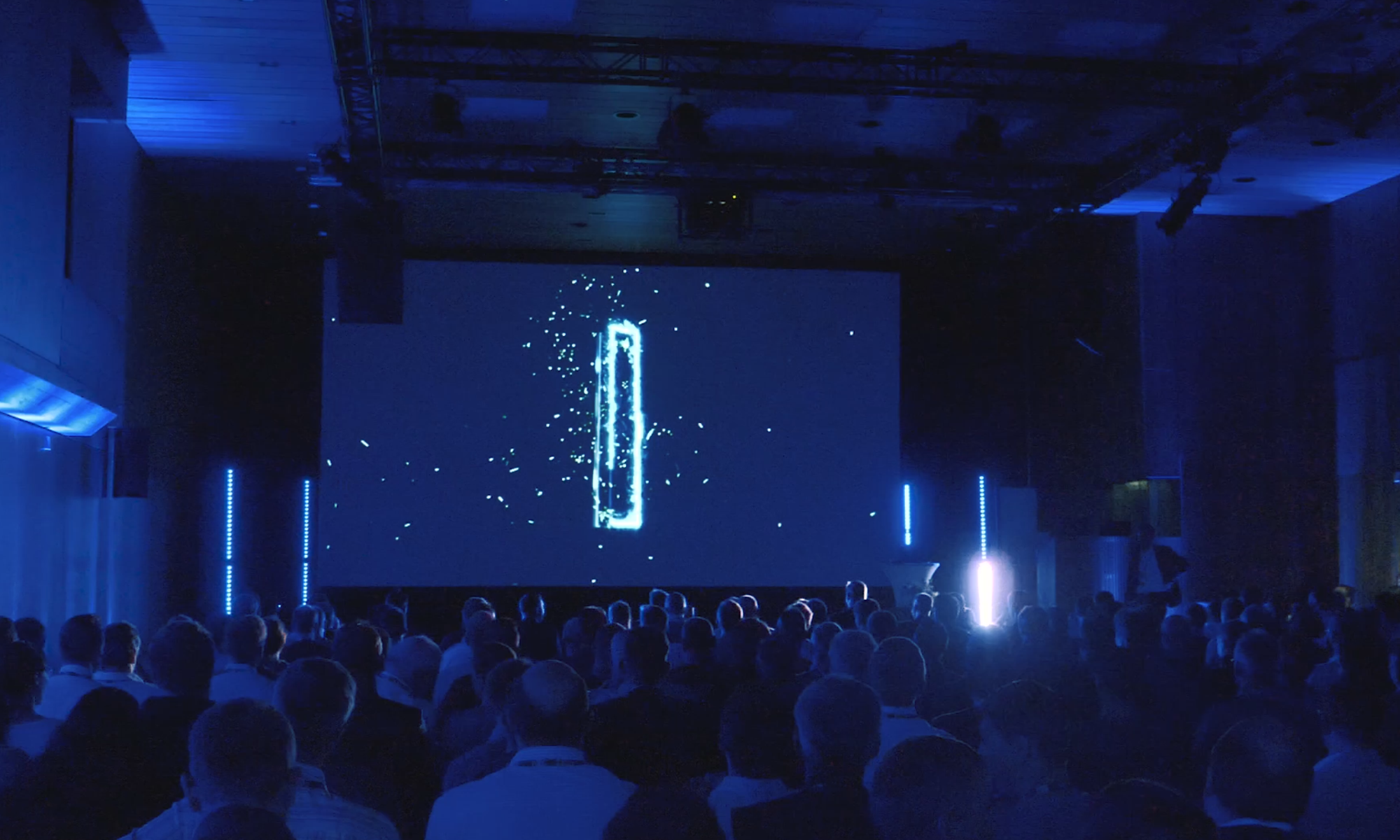
Getting juiced about lowering network energy costs with intelligent UEM tools
In the early days of the pandemic, many businesses rapidly increased IT spending and staffing to shift to remote work and accelerate digital transformation. But today with rising inflation, a business slowdown and higher energy costs, IT departments are facing budget and headcount reductions.
On one hand, that’s a familiar situation for IT admins who’ve long had to “do more with less.” On the other, sysadmins today have more options for increasing IT efficiency, especially with UEM automation. What’s more, UEM systems such as the baramundi Management Suite (bMS) integrate tools for reducing operating costs.
Smarter and cheaper
Because software accounts for a big chunk of IT spending, one obvious example is the bMS License
Management module. It simplifies the process of reducing costs for unneeded, unused or infrequently used software packages. Another less-obvious but still-compelling
example is the bMS Energy Management module.
Available at no additional cost to baramundi users, the Energy Management module documents the energy consumption of company endpoints including PCs, servers and printers,
and attached peripherals. It generates clear reports on electrical consumption and enables centralized configuration and management of network energy usage and cost-saving
measures.
Network energy consumption may be a less-obvious area for targeted cost reductions in the U.S. due to relatively low average electric rates compared to most of Europe. For example, the
average electric rate in Germany in December 2021 was 34 cents per kilowatt hour (kWh) and 33 cents in the UK, among the highest rates worldwide. In America the average rate was less than
half of that at about 16 cents/kWh. But greater awareness of the need for action on climate change, increased adoption of corporate Environmental, Social and Governance
policies, and – especially -- rising electricity rates are shifting that perception.
Now about all those PCs and servers…
According to the U.S. Energy Information Administration, computers and office equipment account for about 13% of commercial electricity consumption nationwide. Computers
also contribute to air conditioning and ventilation costs, which together are about 23% of business energy usage.
There’s also the hard reality of rising electric rates. Average rates vary widely from state to state and region to region, from a low of about 10.6 cents/kWh in the
southcentral U.S. to 20.7 cents/kWh on the West Coast. California has the highest average state rate at 24.6 cents/kWh (except for Hawaii at 42.7 cents). Those are commercial rates for
business; residential rates are higher.
The bottom line: it’s expensive!
That’s where IT admins can do a little math for company management to show how to reduce operating costs. For example, one estimate of the annual cost in 2021 for running mid-level 1U and 2U Dell and HP server models shows peak load costs of between $500 and $600 and idle costs between $160 and $280. Keep in mind that those figures are per-server and are based on an average kWh cost of 13.3 cents. Depending on the location of your company, you can either double or increase those numbers by half. Multiple those amounts by the number of servers you operate. And that’s not counting electricity used by end-user PCs, printers, monitors, phone systems, copiers, routers/switches, etc.
Intelligent solutions for smart power savings at scale
Intelligent solutions such as the bMS Energy Management module can save energy costs, and document those savings in two simple steps applicable to every company and for all network endpoints, not just servers.
- Consumption analysis through inventory: The bMS automatic inventory function quickly records all connected endpoints as well as their operating and stand-by times. This makes it possible to create very detailed reports on how much energy is being consumed and where.
- Identify savings: Inventory and usage data enables quick identification of "energy hogs" and provides specific suggestions for optimizing usage for different device types. Those operating guidelines can then be easily and automatically applied to all endpoints individually or in groups.
One small but important note: The built-in GDPR compliance in the bMS means that end user privacy remains protected.
IT admins certainly need UEM tools like the bMS to improve efficiency and security. But they can also use the same procedures and admin interface they
have for provisioning new systems, installing OSes and deploying patches to proactively present management with concrete steps to reduce operating costs based on specific
real-world data.








